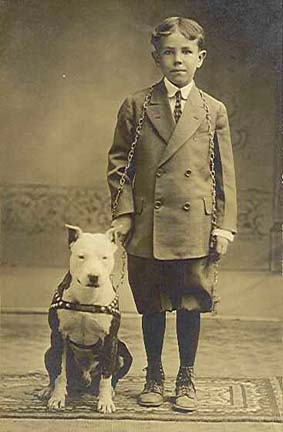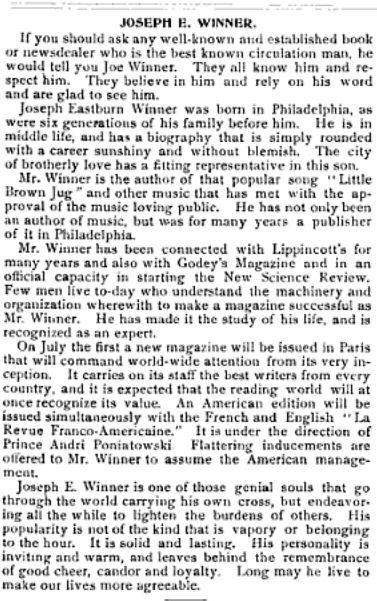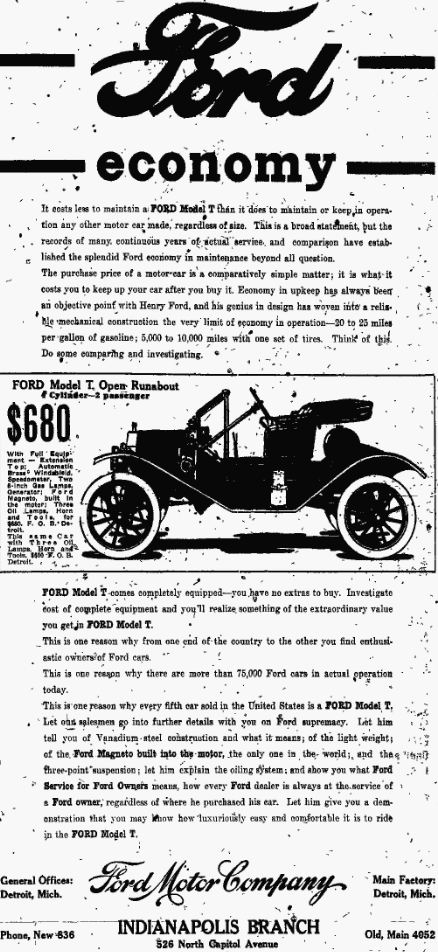
THE OLD-STYLE PUMPKIN PIE.
Some like a fancy custard pie.
Or apple, mince or game.
Or some new-fangled article,
I ‘low, just for the name,
I ain’t so p’tic’lar’s some I know,
And different from the rest.
But the good old-fashioned pumpkin pies
Are what I love the best.
I’m hankerin’ for a piece, right now.
Of the pie that mother made,
When I came home from school I,d get
A hunk and in I’d wade.
And, (p’r’aps my mouth is somewhat large)
Though I’d resort to tears.
She wouldn’t give me another piece
Because it mussed my ears.
I’ve lingered here a lifetime since,
Put up with what I got,
But oft in dreams I’m back again
To that old familiar spot.
And then, at such times, I can find,
On the butt’ry shelf arrayed,
A row of good old pumpkin pies,
The kind that mother made.
— Philadelphia Times.
Lima News (Lima, Ohio) Nov 3, 1898

Times Record (New York) Nov 4, 1943
FOR THE IDEAL PUMPKIN PIE
_____
Why Wait Until Thanksgiving to Enjoy This Exclusively American Delicacy? — Make It Now.
_____
Our neighbor came to call early this morning with lips stained a dark purple from a saunter through the arbor; on his arm he carried a basket of grapes and in each hand a big red apple, and in his buttonhole a spray of goldenrod, and the first red autumn leaf made him quite gorgeous. Under his arm he carried a pumpkin, so we invited him to breakfast.
One should not wait until Thanksgiving for the first pumpkin pie, but begin putting their appetite in training for the feast by some preliminary work on the American pastry.
Steam the pumpkin instead of boiling it, and when cool press it through a fine sieve or vegetable press.
For each pie allow a pint of this strained pumpkin, one cup of rich milk, one egg, one-half cup of sugar, one teaspoon of ginger, one-half teaspoon of allspice, one-half teaspoon of cinnamon and a little salt.
If the milk is brought to the boiling point before the other ingredients are added the pie will bake more smoothly.
The crust should be baked before the filling is put in, as this prevents it becoming soggy. Unlike most custard pies, pumpkin requires to be baked quickly. When the top is brown, firm to the touch and glossy it is done.
— Henrietta D. Grauel, in the Cleveland Leader.
Sheboygan Press (Sheboygan, Wisconsin) Nov 11, 1912

The Frederick Post (Frederick, Maryland) Nov 20, 1923
CRADLE SONG
For the frost-rime now approaches,
And the price of eggs is high,
While the grapes hang blue and purple
On the vines.
From their store the wild bee poaches
Knowing winter time is nigh,
And the pickle snuggles deeper
In the brine.
Winter’s coming, coming, coming,
And the vittles that it brings
Fetch a trembling tear of gladness
To the eye.
You can hear the turkeys drumming
While the first fall sausage sings,
And the whipped cream lights upon
A pumpkin pie.
Love, the scoffing of the summer
That they talk of leaves us cold
All these ices and these salads
Give no thrill.
Each day’s rations leave one glummer
Yeh, but pumpkin pies are gold,
Welcome, then the blizzard coming
O’er the hill.
Kokomo Tribune (Kokomo, Indiana) Nov 21, 1929

Sheboygan Press (Sheboygan, Wisconsin) Jun 26, 1912
The Frost Is on the Pumpkin, So of Course We’ll Have Pie
Open Season For Dessert Popular Since Pilgrim Days
By LOUISE BENNETT WEAVER
AP Feature Service Writer
ITS OPEN SEASON for pumpkin pie, a dessert treasured in America since Pilgrim days.
In preparing this famous fall pastry, there are three important things to consider. First, the crust’ it should be short and well fitted into a deep pie dish. Second, the filling; it must be subtley pungent — not too spicy or too flat — and it should be very creamy and a rich brown color. Most important is the baking.
Cook the pie ten minutes in a moderately hot over — about 450 degrees. That helps prevent a soggy under crust. Then reduce the heat to moderately slow — about 325 degrees — for forty-five minutes to give the filling its desired velvety texture. Always cool the pie on a rack.
DRY PUMPKINS ARE BEST
You can use any of the excellent canned varieties of pumpkin for the filling or cook up your own golden fruit. If you cook your own, cut the pumpkin into medium-sized pieces, discard peel, seeds and fibrous portions. Steam until the pulp is soft and press it through a fine sieve.
Dry mealy pumpkins make the best pies. So, if your pumpkin is moist, cook it over a low heat or in a double boiler until the moisture has evaporated.
If your recipe calls for three eggs and you are a little short, you can substitute two tablespoons of flour for one egg. Add it with the sugar.
TOP DRESSING
Pumpkin pie fillings sometimes have a flecked appearance, but you can easily prevent it by thoroughly blending together the sugar, salt, spices and pumpkin before adding liquids.
The favored pie steps right out when it’s dressed up with a new topping. For instance, then minutes before time to take the pie from the oven, sprinkle it generously with grated cheese or carefully cover it wit ha slightly sweetened meringue flavored with a few gratings of orange peel.
Cocoanut, marshmallows, chopped candied ginger (just a dash), candied fruit peels, dates, raisins or nuts also introduce variety. Use them for topping or add them to the filling before it is baked.
A sponge or chiffon pumpkin pie is of the lighter, fluffier kind. Add the egg yolks with main part of the ingredients and then lightly fold in the beaten whites just before the mixture is poured into the crust. A whipped cream coating gives this pie a real party air.
A two-crust pumpkin pie is a novelty. Bake a one-crust pie, as usual and at the same time bake a lid of pricked crust that will just fit on top of the pumpkin. Just before serving the pie, slip the lid into place.
PUMPKIN PIE
Two cups steamed and strained pumpkin (canned pumpkin may be used), 1 cup pure New Orleans molasses, 1 teaspoon cinnamon, 1 teaspoon ginger, 1-2 teaspoon salt, 1 egg, 1 cup rich milk.
Mix ingredients in order given and bake in one crust. Top of pie should be sprinkled with sugar, cinnamon and dots of butter before it is put into the oven. Canned pumpkin is excellent. Crackers, rolled fine, can be added to mixture in place of the egg in pumpkin pie. Serve warm and topped with whipped cream.
Abilene Reporter News (Abilene, Texas) Oct 28, 1938

The Daily Herald (Chicago, Illinois) Jan 25, 1918
Positively Insulting.
“I know the pumpkin pie was rather thin as to filling,” said the landlady, almost crying, “but I don’t think he had any right to say what he did.”
“What did he say?” asked the second table boarder.
“He asked me if I didn’t think that the pie crust would be improved if it had another coat of paint.”
Lima News (Lima, Ohio) Feb 7, 1899

Lima News (Lima, Ohio) Oct 21, 1928

WASHINGTON, Nov. 26. — The art of camouflage has now reached the good old pumpkin pie. Mrs. G.M. King, of 241 William street, East Orange, N.J., today sent to the National Emergency Food Garden Commission a recipe for making pumpkin pie without the pumpkin.
Here it is:
Scald one quart of milk; add scant cup of Indian meal; little salt. When cool add two eggs, cinnamon and ginger to taste. Sweeten with brown sugar. Put a little cream or milk on top and bake.
Oakland Tribune (Oakland, California) Nov 26, 1917

Pumpkin Pie
Pumpkin Pie is almost as old in the American history of feasting as those hungry Redskins who attended the first Thanksgiving get-together on the Massachusetts coast. Here are two recipes — one more or less in the homey tradition, the other based on a newer process.
Mix 1 tablespoon old-fashioned molasses with 1/4 cup brown sugar, then mix this with 1 1/2 cups cooked, mashed and strained pumpkin, or canned pumpkin. To this mixture add a pinch of salt, 1 teaspoon cinnamon, 1/4 teaspoon nutmeg and 2 cups milk. Beat 2 eggs until fluffy, then add. Line your pie plates with your most perfect pastry, pour in this mixture and bake in hot oven 10 minutes, then in moderate oven about 35 minutes more.
Modern recipe: Mix these: 1 cup steamed, strained, canned pumpkin, 1/2 teaspoon salt, 1 teaspoon ginger, 1/2 teaspoon cloves, 2 teaspoons cinnamon, 3 well-beaten eggs, 1 1/3 cups sweetened condensed milk, 1 cup water. Pour into unbaked pie shell. Bake in hot oven for 10 minutes and reduce heat to moderate and bake another 35 minutes, or until crust has set.
Oakland Tribune (Oakland, California) Nov 22, 1936

Variations on the familiar Thanksgiving dessert theme is the rule in the Maltby household in northwestern New York state. Lucy Maltby, noted American interpreter of what the average American family likes best to eat, says, “Let’s have both a mince meat dessert and a pumpkin pie this Thanksgiving, and add a surprise element to the dinner.”
Mrs. Maltby, an old friend of readers of this column, has worked out this mouth-watering “old wine in new bottles” recipe exclusively for us.
BUTTERSCOTCH PUMPKIN PIE
(8 Servings)
Pastry — 2 cups flour, 1 teaspoon baking powder, 1-2 teaspoon salt, 2-3 cup lard or other fat, 6 to 8 tablespoons ice water.
Filling — 3 eggs, 1-2 cup dark-brown sugar, 1-2 cup granulated sugar, 1 teaspoon salt, 1-4 teaspoon cinnamon, 1-2 teaspoon ginger, 1-4 teaspoon cloves, 1 3-4 cups cooked pumpkin, 1 3-4 cups milk.
Sift flour, baking powder and salt together. Cut in shortening until the size of lima beans with a pastry blender or two knives. Add ice water a little at a time, mixing it in with a fork. Pat dough together and chill if possible.
For the filling, separate eggs; beat yolks until foamy. Mix with yolks the brown sugar, granulated sugar, salt, cinnamon, nutmeg, ginger, cloves and pumpkin. Scald milk and add to pumpkin mixture.
Roll out about three quarters of dough on floured board. Line 10-inch pie plate, leaving about an inch overlapping the edges. Make double upright fold and pinch between thumb and forefinger to make fluted rim.
Beat egg whites until stiff and fold into pumpkin mixture. Pour filling into pastry lined pan. Roll out remainder of dough and cut pastry turkeys with turkey cutter. Place on top of filling. Bake in a hot oven (450 degrees F) for 10 minutes. Then reduce heat of oven to 350 degrees F and continue baking for 30 minutes or until knife comes out clean when inserted into pumpkin custard.
Abilene Reporter News (Abilene, Texas) 14 Nov 1941































